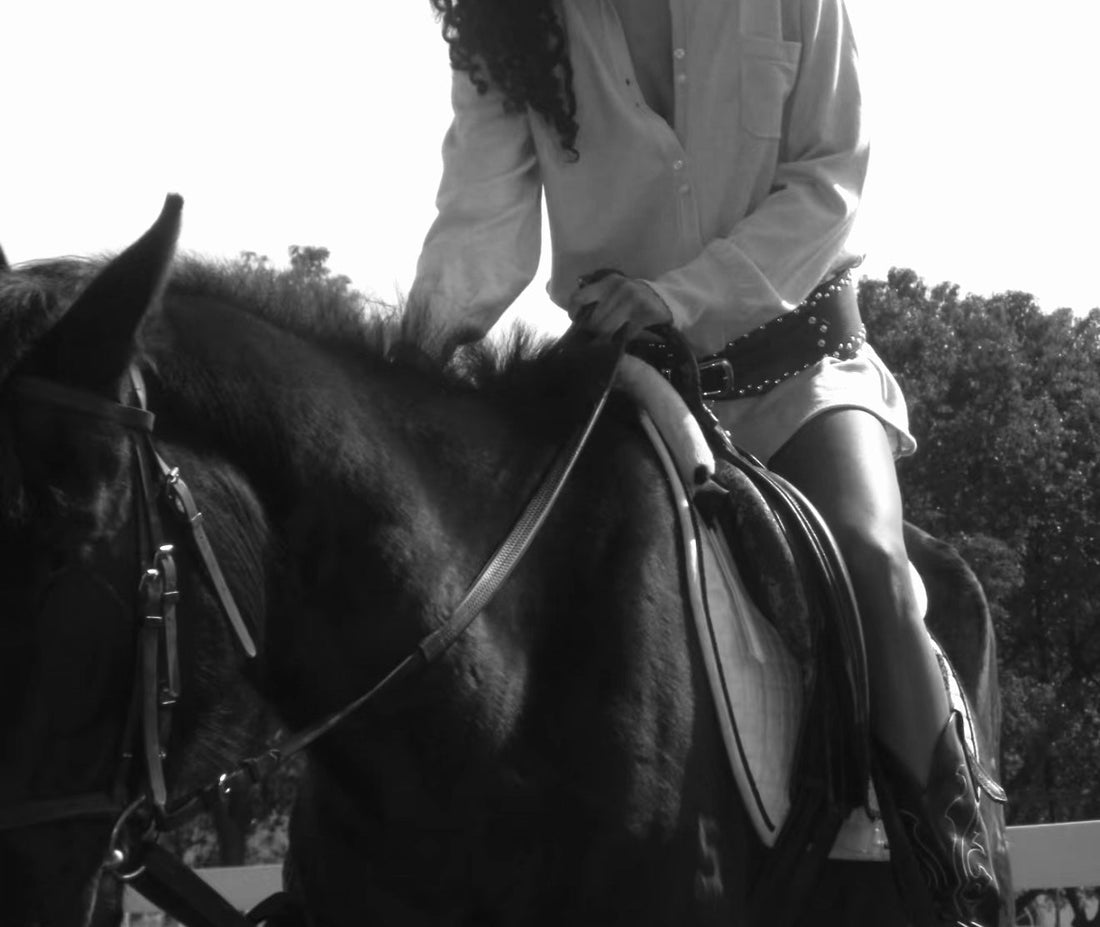
Why the Cowgirl Outfit Is the Coolest Comeback in Fashion
The cowgirl outfit traces its roots to the late 19th and early 20th centuries in the American West, where women began taking on ranching, rodeo, and frontier responsibilities traditionally held by men. This shift didn’t happen in a vacuum—historically, it was driven by a combination of westward expansion, the aftermath of the Civil War, and a rapidly changing economy.

As new territories opened up, families moved westward seeking land and opportunity. With men often away—whether fighting in wars, working on cattle drives, or building railroads—women stepped into roles that required strength, adaptability, and grit. These early cowgirls weren’t just filling in—they were redefining the boundaries of what women could do and wear. They adapted practical versions of cowboy gear to fit their needs.
These early outfits prioritized function—sturdy boots, denim, and broad-brimmed hats—but also signaled a shift in gender roles and female independence. More than just a style, the cowgirl look came to represent freedom, resilience, self-reliance, and a connection to the wildness of the land. It captures the spirit of the frontier woman: strong, confident, and unapologetically herself. Even today, wearing a cowgirl outfit carries that energy of grit and rugged charm.
At the core of this style are iconic pieces that merge utility with flair: leather boots, high-rise denim, plaid or chambray shirts, fringe-trimmed jackets, and wide-brimmed hats. These items have moved far beyond the range, thanks to their visual impact and symbolic value.
Legendary American brands like Wrangler and Levi's built their image on durable jeans and denim jackets, while Stetson became synonymous with cowboy hats. Bootmakers like Lucchese and Tony Lama elevated Western footwear to artisanal status, and designers such as Ralph Lauren fused this rural tradition into mainstream Americana fashion.

Styling a cowgirl outfit in everyday life doesn't require horseback or open plains. You might wear bootcut jeans with a tucked-in plaid shirt, throw on a suede fringe jacket, or finish the look with mid-calf Western boots and a metal-buckled belt.
A white T-shirt, often overlooked, becomes the perfect neutral foundation. Tuck it into high-waisted denim, tie a bandana around the neck, add a flannel or vest, and suddenly, you're not just casual—you're iconic. The white tee balances the ruggedness of Western materials with effortless cool, offering a bridge between heritage and trend. If you're looking for a reliable, high-quality version to build your look around, our Topology T-shirt is designed with structure, comfort, and durability in mind—perfect for layering or standing on its own.
The cowgirl aesthetic is deeply tied to vintage culture, especially mid-century Americana and the 1970s Western revival. Sun-faded flannels, worn-in leather, and heirloom denim all speak to a past filled with stories. Vintage shops and thrift markets remain treasure troves for those chasing authenticity in their Western wear.
Some fashion designers have also tapped into this style. Ralph Lauren famously blends Western heritage with preppy classics. Isabel Marant reimagines suede and fringe with minimalist Parisian flair. Dsquared2 took cowboy boots and embroidered yokes to the runway with bold exaggeration. Even Chanel, under Karl Lagerfeld, debuted a Rodeo-inspired collection, confirming the global allure of the cowgirl icon.
Looking ahead, cowgirl fashion is growing more inclusive, incorporating gender-neutral silhouettes, sustainable materials like plant-based leather, and even urban influences. What began as a symbol of utility and defiance is now a cultural shorthand for independent identity.
Whether you embrace the full look or simply borrow the spirit through boots or bandanas, the cowgirl outfit isn’t just about what you wear—it’s about how you move through the world. With grit, style, and a little dust on your boots, it’s a timeless declaration of strength.
